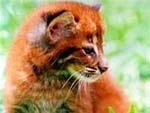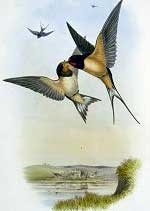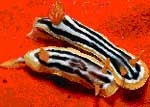The grey-legged langur, an animal recently killed and displayed on social media, is a species exclusive to Vietnam and one of the 25 primate species at high risk of extinction worldwide.
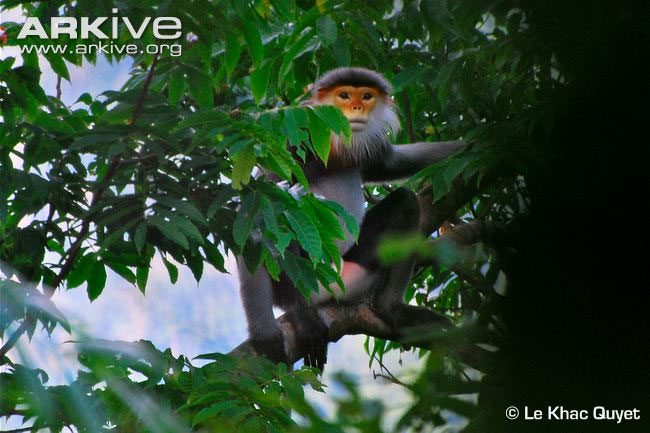
Grey-legged Langur (Pygathrix cinerea). The grey-legged langur typically inhabits evergreen forests and semi-deciduous forests, living in groups of about 10 to 15 individuals. This species is distributed in Quang Nam, Kon Tum, and Binh Dinh.
The grey-legged langur is endemic to Vietnam and is one of the 25 primate species facing the greatest risk of extinction globally. Currently, there are only about 2,000 individuals remaining in the wild.
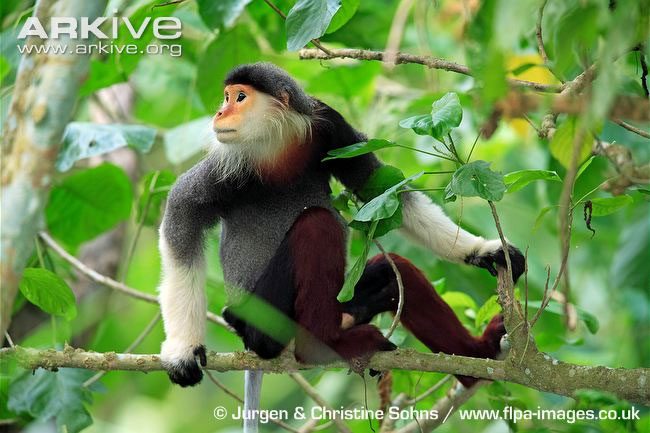
Brown-legged Langur (Pygathrix nemaeus). They have slender bodies with multi-colored fur, a black forehead, and thick facial hair forming a disc shape, ranging in color from white-gray to gray. Their neck and chest are reddish-brown, varying from bright to pale. The brown-legged langur inhabits primary forests in mountainous areas and forages in secondary forests, mixed forests, and fields.
This species primarily feeds on fruits, leaves from forest trees, corn, sweet potatoes, cassava, and green vegetables. They are found in Thanh Hoa, Nghe An, Ha Tinh, Quang Binh, Thua Thien – Hue, Quang Nam, Da Nang, Kontum, Gia Lai, Dak Lak, Lam Dong, and Dong Nai. The habitat of the brown-legged langur has been declining due to deforestation.
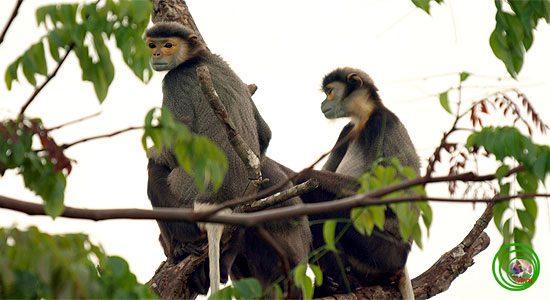
Black-legged Langur (Pygathrix nigripes). They have slender bodies, long limbs, a gray-black back, and a white-gray head. They have reddish-brown fur around the temples, and their face is covered with long white-gray hair. The black-legged langur inhabits semi-deciduous forests and forests of the Dipterocarpaceae family.
This species is found in Kontum, Gia Lai, Dak Lak, Lam Dong, Binh Duong, Binh Phuoc, Tay Ninh, and Dong Nai.
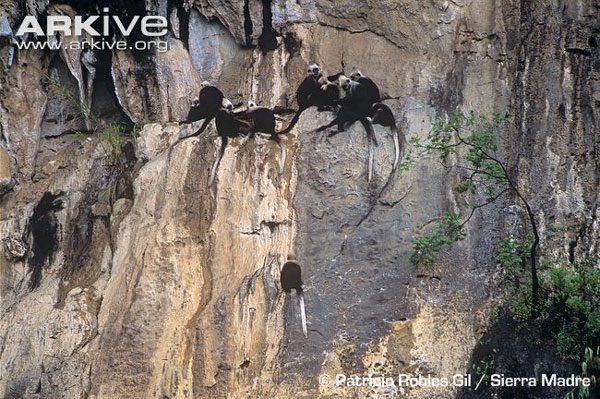
White-headed Langur (Trachypithecus poliocephalus). This species is endemic to Vietnam. Previously, they were found on Cat Chien Island in Quang Ninh, but now they are only found on Cat Ba Island in Hai Phong; there are no known individuals outside of Vietnam. Adult males have light white fur on their heads and shoulders, while females have darker fur.
The white-headed langur lives in forests with trees and vines growing on rocky cliffs at altitudes of 100 to 150 meters above sea level. They primarily feed on leaves, fruits from forest trees, and toxic plants such as poisonous leaves and seeds. When threatened, they emit calls to alert the group to seek shelter.
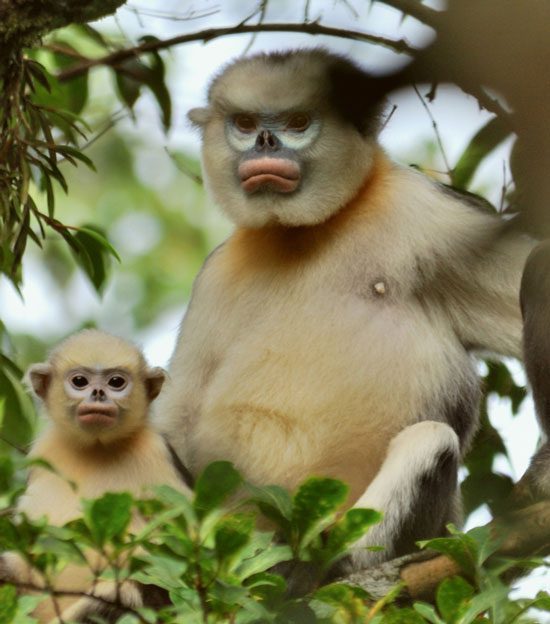
Snub-nosed Langur (Rhinopithecus avunculus) is one of the 25 primate species threatened with extinction globally and is endemic to Vietnam. The snub-nosed langur has dark brown-black fur, with light-colored fur on the head and around the face. They lack a tuft of fur on the top of their heads.
The habitat of the snub-nosed langur is more varied than that of other langur species. They often inhabit tall tree areas on the ground and in valleys rather than limestone forest regions. In Vietnam, they are found in Tuyen Quang, Cao Bang, Yen Bai, and Quang Ninh.

White-browed Langur (Trachypithecus delacouri). They have black fur, a tuft of fur on the top of their heads, and tails longer than their bodies. This species, endemic to Vietnam, typically lives in groups of 5 to 10 led by an older male. Their preferred habitat is secondary forests with trees 4 to 5 meters tall, growing on rocky cliffs with caves. In winter, they sleep in caves, while in summer, they sleep on the rocky ledges of caves.
In Vietnam, the white-browed langur is found in Yen Bai, Hoa Binh, Ninh Binh, Thanh Hoa, Nghe An, and Ha Tinh.

White-cheeked Black Langur (Trachypithecus francoisi). They have solid black fur with white markings on the cheeks that extend beyond the ears, a black crest on the head, and a non-fluffy black tail.
The white-cheeked black langur feeds on young shoots, leaves, and very few fruits from trees. This species lives on limestone cliffs at moderate heights with many trees and vines. Each group has its own territory, preventing encroachment, and they can coexist peacefully with other monkey species.
This rare animal is found in Tuyen Quang, Cao Bang, Lang Son, and Quang Ninh.








































